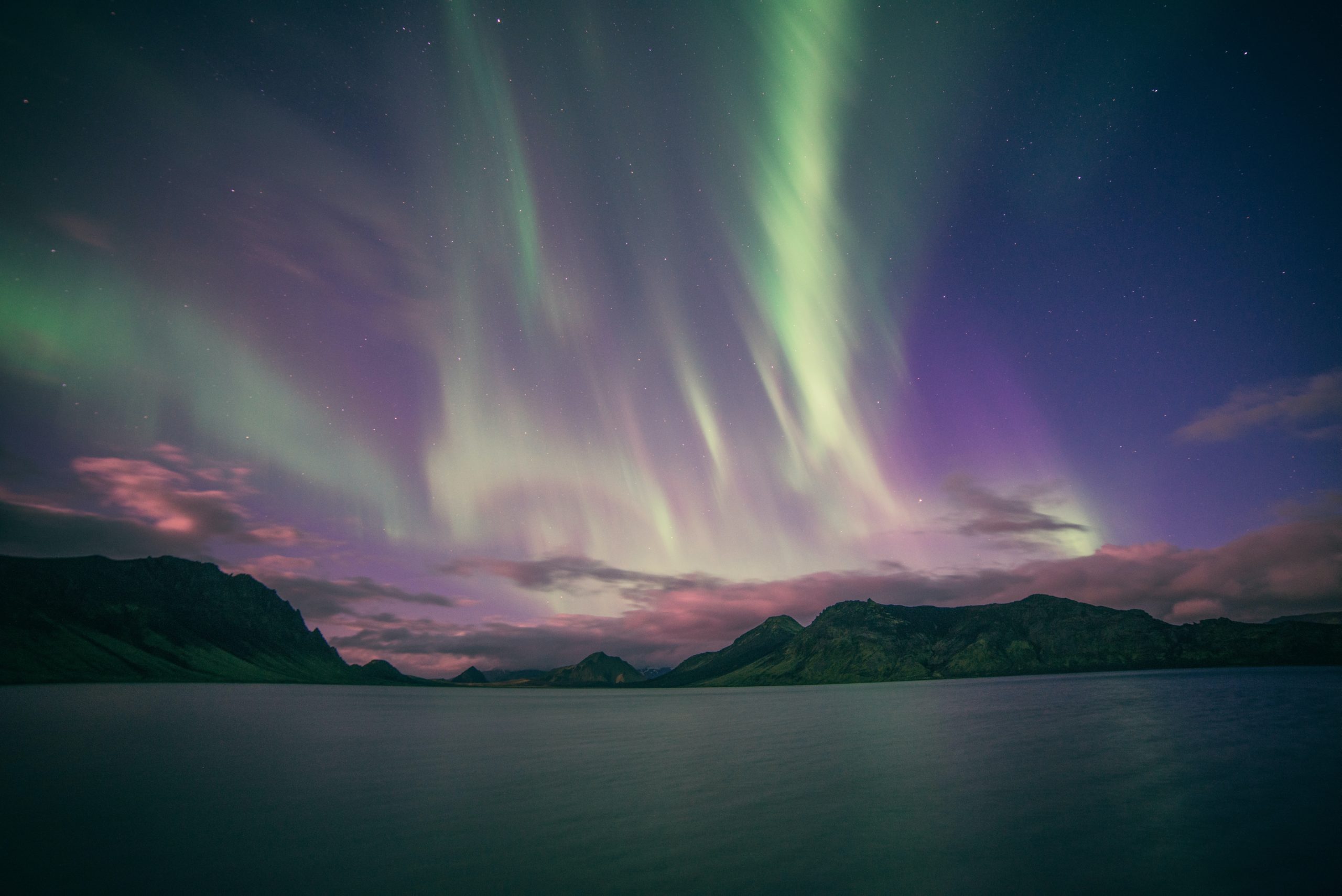Original article (in Serbian) was published on 06/11/2023; Author: Milica Ljubičić
The appearance of the aurora borealis in Serbia and neighboring countries has recently garnered significant attention on social media and local news since it is usually not visible in this region. The typically dark pink sky of the polar light that appeared in Vojvodina sparked discussions about whether this rare phenomenon signals a harsh winter. Srpski telegraf claimed that “the sky was on fire” and that the aurora borealis indicated an impending severe winter. However, experts speaking to Raskrikavanje dismissed these claims as lacking scientific basis.
“What does the presence of the aurora borealis in our country signify? The sky over Serbia is on fire, in the winter the temperatures will drop to minus 20”. This assertion is echoed on its web portal, Republika.
The tabloid’s assertions were rooted in a statement by Ivan Ristic, who works as a meteorologist. He referenced the theory of Boris Koljcicki, an amateur meteorologist. Speaking to a journalist from Raskrikavanje, Ristic said that this is not his theory, but Koljcicki’s theory.
“He published a long-term forecast on TV Novosti and his method was that when the activity of the Sun is at its maximum, then there will be harsher winters”, says Ristic. The journalist asked him if he had any other scientific evidence that confirmed this, but he repeated that it was Boris Koljcicki’s theory that he only passed on.
Ivan Ristic, who the media calls a meteorologist, as he states on his Facebook profile, graduated from the Faculty of Electrical Engineering. He explained to the journalist that he is not a graduate meteorologist, but he is engaged in science and meteorology and has the website Weather2.
A professor from the Institute of Meteorology of the Faculty of Physics, Vladimir Djurdjevic, explained to Raskrikavanje that the aurora borealis does not influence or predict the weather conditions in any way.
“There is no evidence, not even a hint of evidence, either theoretically or empirically, that the appearance of the aurora borealis can be used as an event based on which it is possible to forecast whether the winter will be cold or warm, or any other season”.
He explains that the interaction of particles that lead to the appearance of the aurora “occurs at altitudes of 100 to 300 km, while all weather phenomena, in terms of meteorological weather, occur in the first 10 km of the atmosphere, in the troposphere”.
Professor at the Department of Nuclear Physics at the Faculty of Science and Mathematics in Novi Sad and astrophysicist Tijana Prodanovic agrees with him.
“The polar light alone does not affect the weather”, Prodanovic told Raskrikavanje.
She clarified that the aurora borealis did not appear in this region, as stated by Srpski telegraf, but was visible here, and appeared much further north of us. “The red aurora occurs in the upper layers of the atmosphere, at an altitude of about 200 to 300 km, so you could see much further. The same as you see further when you climb high”.
Tijana Prodanovic pointed out that the question of whether the Sun’s activity and how it affects the weather is the subject of a long-standing debate among scientists.
NASA states that according to the United Nations International Panel on Climate Change, “the current scientific consensus is that long-term and short-term changes in solar activity play a very small role in Earth’s climate. The warming from increased levels of greenhouse gases is much stronger than any effects from recent changes in solar activity”.
What is aurora borealis?
The aurora borealis, i.e. displays of light of various colours in the night sky, is mostly visible near the Earth’s poles. These lights are called auroras, and if they occur near the North Pole, they are aurora borealis, and if they are at the South Pole, they are aurora australis.
Polar lights are created as a result of storms on the Sun during which the Sun throws out the so-called “Solar Wind”, i.e. a large amount of charged particles that reach the Earth, moving towards its North and South Poles, where they interact with the gases in the atmosphere of our planet. This results in beautiful displays of light in the sky. Interaction with oxygen produces green and red light, while interaction with nitrogen produces blue and violet.
When asked how the aurora borealis can be visible in our area, Professor Vladimir Djurdjevic explains that the moment of interaction between the particles of the solar wind and the atmosphere was suitable for this to happen.



